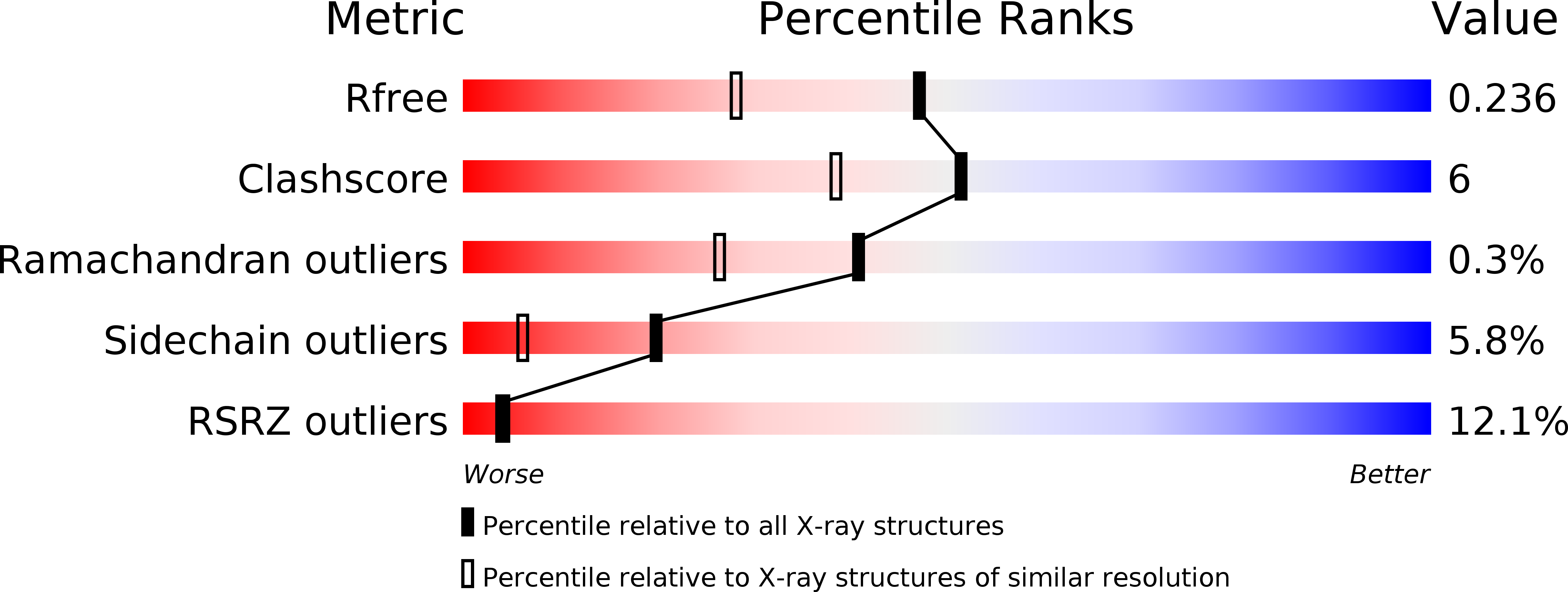
Deposition Date
2011-11-16
Release Date
2011-12-14
Last Version Date
2023-09-13
Entry Detail
PDB ID:
3UO3
Keywords:
Title:
Jac1 co-chaperone from Saccharomyces cerevisiae, 5-182 clone
Biological Source:
Source Organism:
Saccharomyces cerevisiae (Taxon ID: 559292)
Host Organism:
Method Details:
Experimental Method:
Resolution:
1.85 Å
R-Value Free:
0.23
R-Value Work:
0.19
R-Value Observed:
0.19
Space Group:
P 21 21 21


